Table of content
- Black Sesame Filling: The Gold Standard Reimagined
- Fruit-Infused Fillings: A Refreshing Twist
- Floral-Inspired Varieties
- Lean Protein Fillings
- Mushroom and Bamboo Shoot Delights
- Clear Broth Pairings
- Japanese Shiratama Dango: A Minimalist Approach
- Vietnamese Bánh Trôi: Coconut and Ginger Elegance
- Korean Dduk Guk: Broth-Based Comfort
- Boiling vs. Frying
- Steaming: A Gentle Alternative
- Freezing and Thawing Tips
- The Perfect Dough Consistency
- Thin Wrappers, Generous Fillings
- Colorful and Nutrient-Rich Dough
- Herbal Teas and Infusions
- Fresh Fruit Compotes
- Light Dipping Sauces
Tangyuan, the beloved Chinese glutinous rice ball dumpling, has long been a symbol of团圆 (tuán yuán), or reunion, celebrated during festivals like the Lantern Festival and Winter Solstice. These soft, chewy treats, often filled with sweet or savory ingredients, hold a special place in culinary traditions across Asia. However, the challenge lies in finding tangyuan options that strike the perfect balance between flavor and texture—particularly avoiding the dreaded greasiness that can overshadow their delicate taste. This article explores the nuances of selecting non-greasy, delicious tangyuan, diving into ingredients, preparation methods, and regional variations to help you savor every bite without heaviness.
Understanding the Basics: What Makes Tangyuan Greasy?
Before diving into selections, it’s essential to grasp why some tangyuan varieties feel heavy or oily. Traditional recipes often rely on fatty fillings like black sesame paste mixed with lard or sweet red bean paste enriched with vegetable oil. While these fats enhance richness, overuse can lead to a cloying, greasy mouthfeel. Additionally, deep-frying tangyuan—a preparation method popular in some regions—amplifies oil content, turning a potentially light dessert into a calorie-dense indulgence.
The key to non-greasy tangyuan lies in moderation: balancing fat content, opting for leaner fillings, and choosing cooking techniques that preserve rather than overwhelm the dumpling’s natural texture.
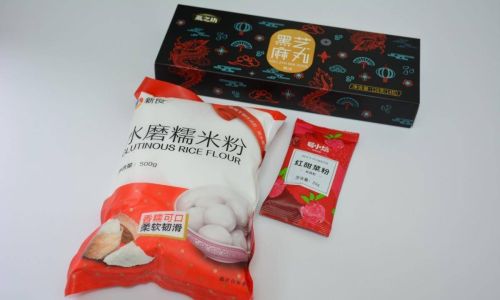
Sweet Tangyuan: Lightening Up Classics
Black Sesame Filling: The Gold Standard Reimagined
Black sesame tangyuan is a timeless favorite, prized for its nutty aroma and velvety filling. To reduce greasiness, replace lard with healthier alternatives like coconut oil or nut butters, which add creaminess without heaviness. Some modern recipes even use mashed sweet potato or puréed dates as binders, cutting down on fat while introducing subtle sweetness.
For a vegan twist, opt for almond milk or oat milk in the filling, and ensure the black sesame paste is unsweetened to control sugar levels. When boiling, avoid overcrowding the pot—this prevents the dumplings from sticking and reduces the need for excessive oil during cooking.
Fruit-Infused Fillings: A Refreshing Twist
For a lighter option, explore fruit-based fillings. Mango, strawberry, or tangerine compotes wrapped in thin glutinous rice dough offer a burst of natural sweetness without the need for added fats. These fillings rely on the fruit’s natural pectin to thicken, eliminating the need for sugary syrups.
Pro tip: Freeze the fruit purée before wrapping to prevent the dough from tearing. This method also ensures the filling remains vibrant and refreshing, even after boiling.
Floral-Inspired Varieties
Incorporate edible flowers like rose or osmanthus into the filling for an aromatic, low-fat option. These blossoms add a delicate fragrance that elevates the dumpling’s profile without relying on heavy ingredients. Pair with a light honey syrup instead of sugar-heavy broths for a guilt-free treat.
Savory Tangyuan: Umami-Rich Alternatives
Savory tangyuan, though less common in some regions, offers a brilliant contrast to sweet varieties. These dumplings often feature meat, vegetable, or mushroom fillings, providing a satisfying, non-greasy meal when prepared thoughtfully.
Lean Protein Fillings
Opt for minced chicken, turkey, or tofu as a base. Marinate the protein in soy sauce, ginger, and sesame oil for depth, but use sparingly to avoid oiliness. Mix in finely chopped vegetables like carrots, water chestnuts, or bok choy to add moisture and crunch, reducing the need for added fats.
Mushroom and Bamboo Shoot Delights
Dried shiitake mushrooms and bamboo shoots bring earthy, umami-rich flavors to savory tangyuan. Rehydrate the mushrooms in vegetable broth to infuse extra flavor, then finely chop and mix with tofu or textured vegetable protein (TVP) for a hearty filling. A dash of white pepper and a drizzle of toasted sesame oil at the end provide aromatic complexity without greasiness.
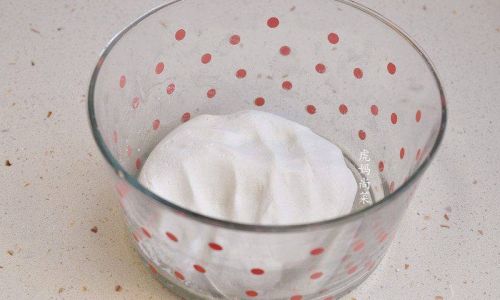
Clear Broth Pairings
Serve savory tangyuan in a light, aromatic broth instead of thick sauces. Chicken or mushroom dashi, seasoned with a pinch of salt and green onions, complements the dumplings without weighing them down. Garnish with fresh cilantro or fried shallots for texture, but use sparingly to maintain freshness.
Regional Specialties: Exploring Global Variations
Japanese Shiratama Dango: A Minimalist Approach
Inspired by Japanese wagashi, shiratama dango uses minimal ingredients: glutinous rice flour, water, and a dusting of kinako (roasted soybean flour) or matcha. These dumplings are boiled and served chilled with a drizzle of kuromitsu (brown sugar syrup), offering a refreshing, non-greasy dessert.
Vietnamese Bánh Trôi: Coconut and Ginger Elegance
Vietnamese bánh trôi features unfilled glutinous rice balls simmered in ginger-infused water, then rolled in crushed toasted sesame seeds. The absence of fatty fillings and the brightness of fresh ginger make this variety a light, aromatic choice.
Korean Dduk Guk: Broth-Based Comfort
Korean dduk guk combines sliced rice cakes (dduk) in a clear anchovy or beef broth, garnished with thinly sliced eggs, seaweed, and scallions. While not traditionally filled, this soup showcases how tangyuan-like ingredients can shine in a savory, broth-forward preparation.
Cooking Techniques to Avoid Greasiness
Boiling vs. Frying
Boiling remains the healthiest cooking method, as it requires no added oil. For a crisp texture without deep-frying, pan-fry boiled tangyuan in a non-stick skillet with a teaspoon of oil until golden. This method reduces oil absorption while adding a delightful crunch.
Steaming: A Gentle Alternative
Steaming preserves the dumplings’ softness while minimizing oil use. Line the steamer with parchment paper or cabbage leaves to prevent sticking, and steam for 8–10 minutes until translucent.
Freezing and Thawing Tips
If using store-bought tangyuan, freeze them until solid before cooking to prevent the dough from becoming gummy. Avoid thawing before boiling, as this can cause the dumplings to absorb excess water and split.
Shopping Smart: Labels and Ingredients to Look For
When purchasing pre-made tangyuan, scrutinize ingredient lists. Avoid products with hydrogenated oils, high-fructose corn syrup, or artificial flavors. Opt for brands that use natural sweeteners like cane sugar or honey and list whole ingredients (e.g., black sesame seeds, coconut milk) rather than processed fillings.
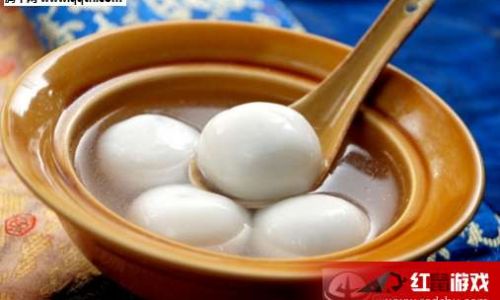
For gluten-free or vegan options, check for certifications and ensure the dough uses rice flour without wheat additives. Some artisanal producers now offer low-sugar or sugar-free varieties sweetened with monk fruit or stevia.
Homemade Hacks: Mastering the Dough
The Perfect Dough Consistency
Achieving a non-greasy tangyuan starts with the dough. Use hot water (not boiling) to knead the glutinous rice flour, as this creates a smoother, more pliable texture. Avoid overworking the dough, which can make it tough and prone to absorbing oil during cooking.
Thin Wrappers, Generous Fillings
Roll the dough thinly to prevent a doughy, heavy exterior. A 1/8-inch thickness allows the filling to shine without overwhelming the palate. For filled varieties, use a teaspoon of filling per dumpling to maintain balance.
Colorful and Nutrient-Rich Dough
Infuse the dough with natural dyes like beet juice (pink), matcha powder (green), or butterfly pea flower tea (blue) for visual appeal. Add grated vegetables like pumpkin or spinach to boost fiber and nutrients while keeping the dough light.
Pairing Suggestions: Enhancing Flavors Without Grease
Herbal Teas and Infusions
Serve sweet tangyuan with jasmine tea, chrysanthemum tea, or osmanthus oolong to cleanse the palate between bites. These blends cut through richness with their floral or grassy notes.
Fresh Fruit Compotes
Top tangyuan with a spoonful of stewed apples, pears, or berries for a tart contrast. The fruit’s acidity balances the dough’s sweetness, creating a harmonious dessert.
Light Dipping Sauces
For savory dumplings, offer a side of soy sauce mixed with rice vinegar, chili oil, and minced garlic. This dip adds zing without the heaviness of thick sauces.
The Rise of Innovative Tangyuan: Fusion and Modern Twists
Chefs and home cooks alike are experimenting with unconventional fillings and presentations. Consider these creative options:
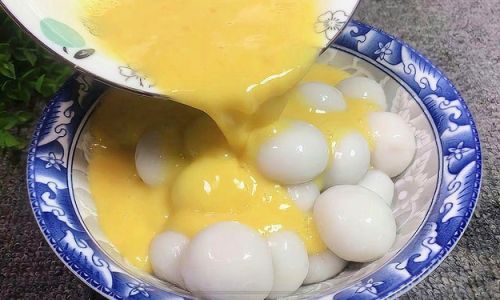
- Taro and Purple Sweet Potato: Mashed taro or ube (purple yam) adds vibrant color and a subtle sweetness.
- Matcha and Red Bean: A classic Japanese pairing that pairs earthy matcha dough with adzuki bean paste.
- Salted Egg Yolk and Coconut: A savory-sweet sensation inspired by Southeast Asian flavors.
For a low-carb version, substitute glutinous rice flour with almond flour or konjac powder, though this alters the traditional texture.
Cultural Significance: Balancing Tradition and Innovation
While modern adaptations cater to health-conscious palates, preserving tangyuan’s cultural essence is vital. Many families still hand-roll dumplings during festivals, a practice that fosters connection and continuity. By experimenting with lighter ingredients, we honor this tradition while adapting to evolving tastes.
Conclusion: Savoring Every Moment
Non-greasy tangyuan is achievable through mindful ingredient choices, smart cooking methods, and a willingness to explore global variations. Whether you prefer the timeless charm of black sesame or the bold creativity of fusion fillings, the key lies in balance—celebrating the dumpling’s inherent chewiness without letting heaviness dominate.
Next time you prepare or purchase tangyuan, remember that less can indeed be more. By prioritizing freshness, flavor, and texture, you’ll discover a world of dumplings that delight the senses and nourish the soul, one light, airy bite at a time.
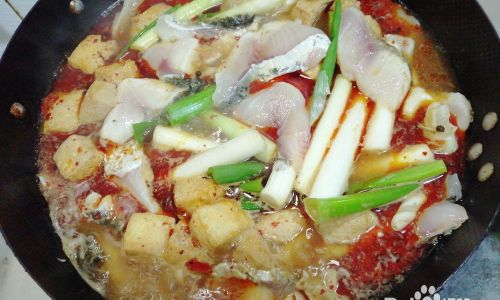

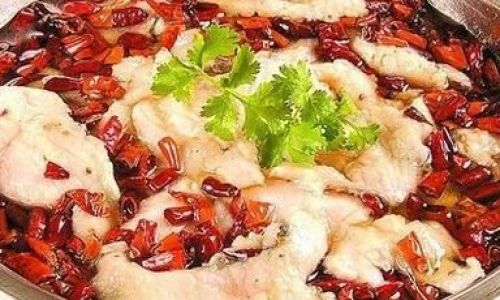
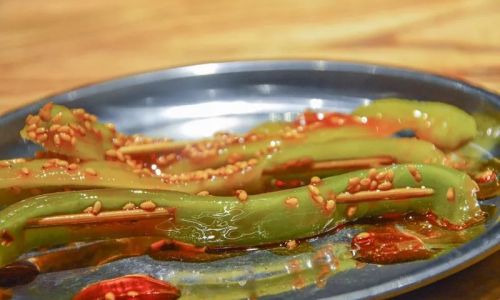

0 comments